Exploring Cultures Through Hammocks: Discovering Latin America’s Ancestral Threads
Hammocks are more than just a piece of furniture; they embody centuries of tradition, culture, and weaving techniques. Originating from various corners of Latin America, each type of hammock tells a unique story of its cultural heritage and the people who have cherished it for generations. Let’s take a journey through some of the most iconic hammocks, from the Mayan huts of the Yucatan to spiritual rituals in Brezil.
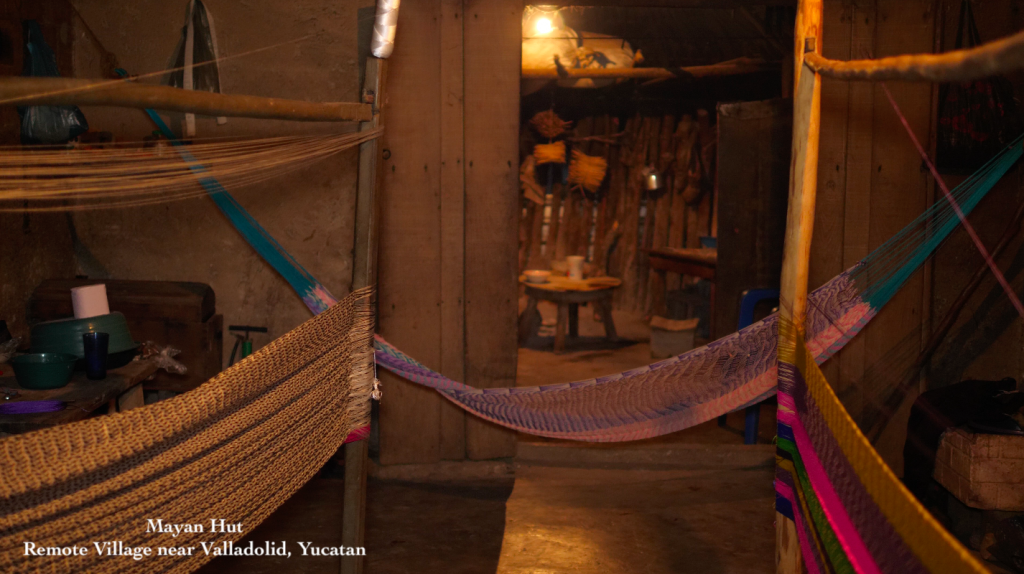
Wayuu hammocks, handmade in La Guajira, Colombia, reflect generations of ancestral craftsmanship. Each one can take up to seven months to complete and measures around 250 cm wide—large enough to fit an entire Wayuu family. Woven by women using cotton threads and vibrant, tasteful colors, these hammocks feature intricate patterns and elegant fringes. Among the Wayuu, girls must weave a hammock before marriage—a tradition that instills lifelong skill. Their matrilineal society, where women lead and heritage passes through the mother, shapes both the artistry and strength behind each piece. Built to last a lifetime, Wayuu hammocks support up to 250 kg. Given the time, skill, and cultural value behind them, they come at a high price—but they’re worth every cent.
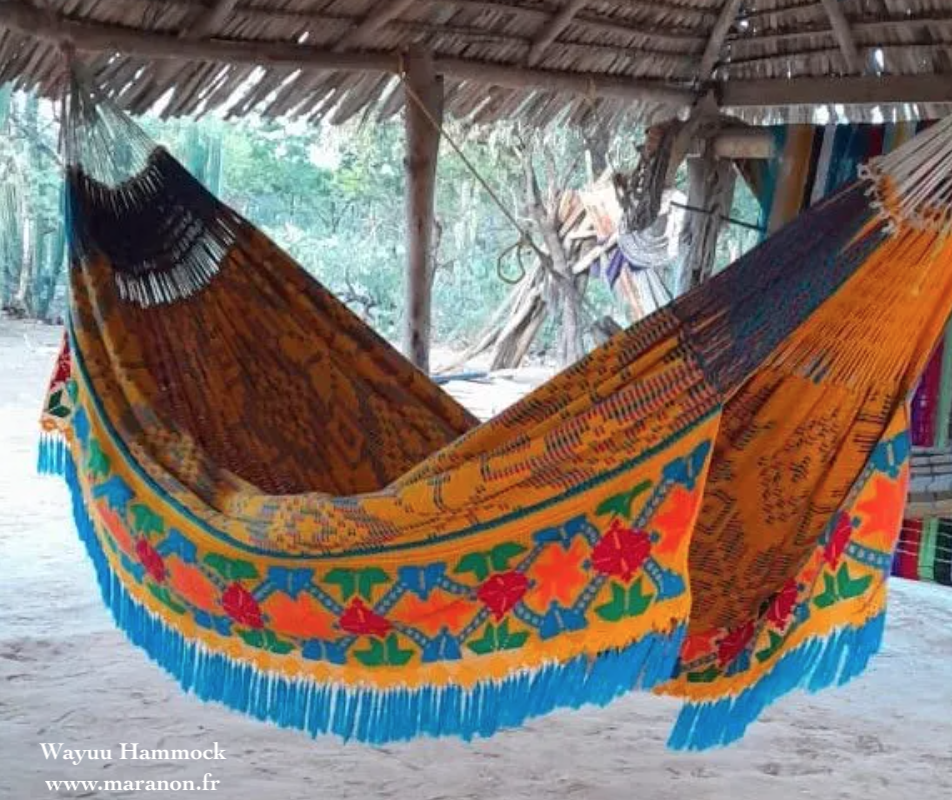
If you visit the Yucatán Peninsula and step into Mayan communities, you’ll quickly notice a distinctive feature in their homes: a net-like structure hanging at both ends of the room. These are hammocks, and they are an essential part of daily life. In fact, in most Mayan homes, hammocks are used instead of beds—thanks to their unbeatable comfort, especially in the region’s hot and humid climate.
Mayan hammocks are handcrafted on wooden looms by men and women in remote villages around Mérida, the capital of Yucatán. Traditionally made from natural fibers like cotton or sisal, today they are most commonly woven from nylon for its durability. Breathable, colorful, and incredibly comfortable, these hammocks have won hearts far beyond the peninsula—now sought after by people around the world.
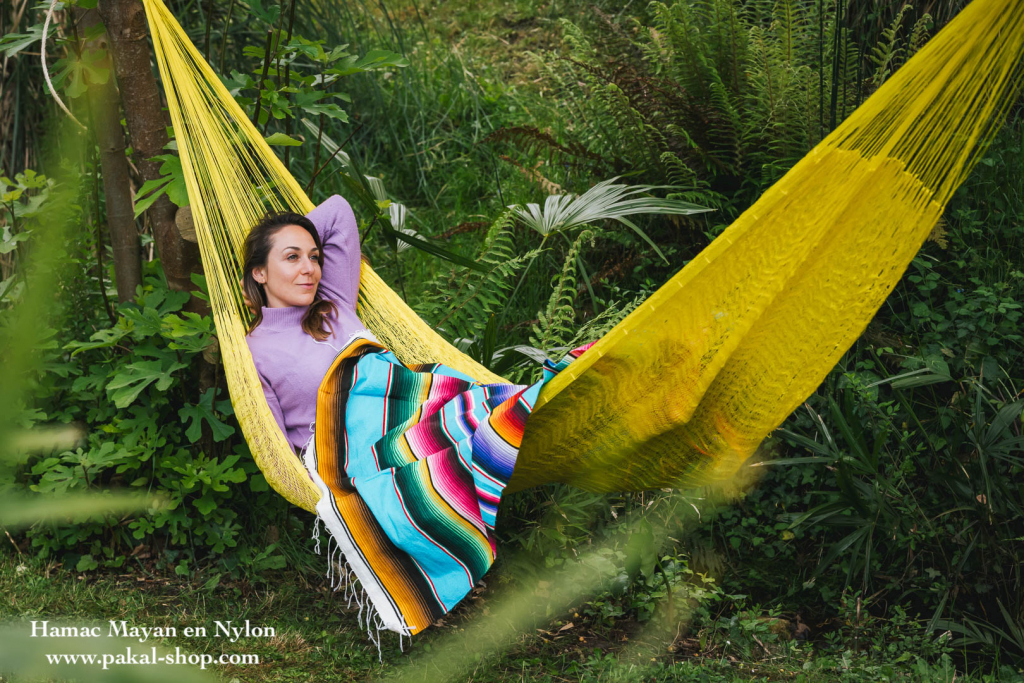
Brazilian hammocks are tightly woven on looms, creating a dense and durable fabric originally designed to protect against insects. They are usually made of thick cotton, which adds warmth and comfort on colder nights. Most are decorated with tassels or crocheted frills, giving them an elegant and decorative touch. Invented by Indigenous peoples long before colonization, hammocks were later adopted by Portuguese settlers for their practicality in tropical climates. Their use extended far beyond sleep—they also served as a mode of transport, with settlers carried in hammocks by slaves during city tours and excursions. Deeply embedded in Brazilian culture, hammocks held symbolic value as well. In many rural areas, they were used to bury the dead, honoring the hammock’s role as a trusted companion in both life and death.
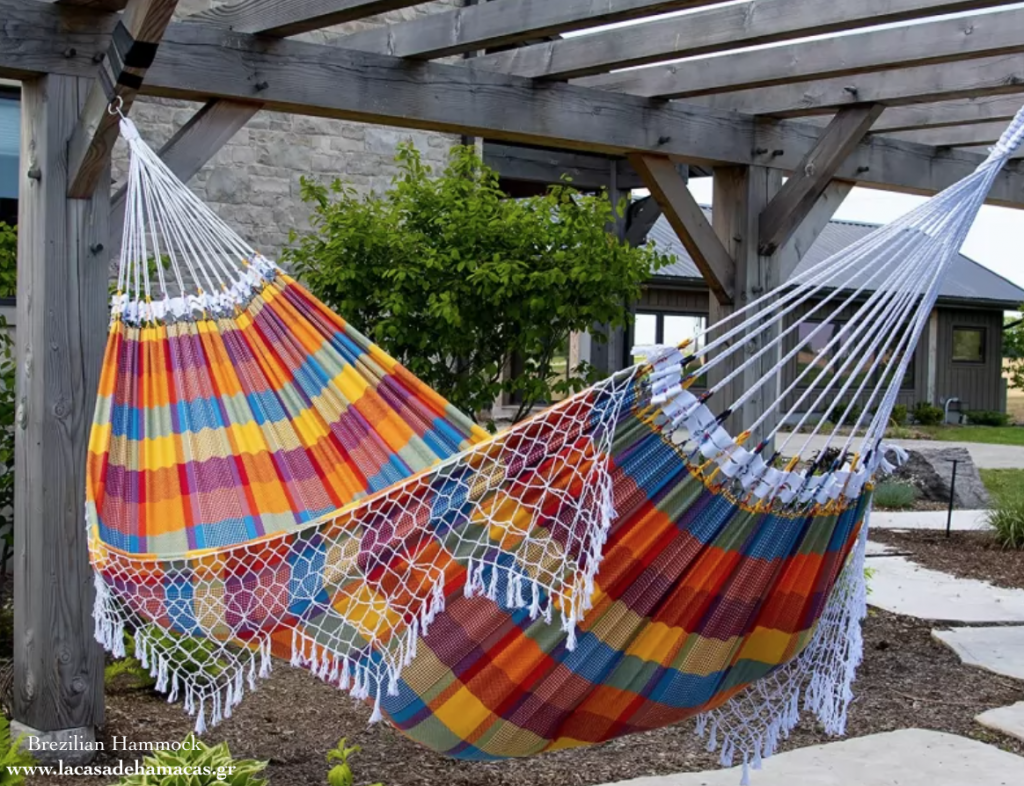
In Venezuela, the finest hammocks come from Tintorero, a small town near Barquisimeto, recognized as Cultural Heritage for its exceptional weaving tradition. Using cotton wick thread, artisans—often Indigenous women and rural families—create dense, cloth-like hammocks, each one unique in color and design. Once woven with sheep wool, today these hammocks are crafted from dyed cotton, continuing a vibrant tradition rooted in generations of craftsmanship. Named after the dyes (tintas) used to color the threads, Tintorero is a hub of handmade artistry. These hammocks are not only comfortable—they are cultural treasures and vital sources of income for local communities.
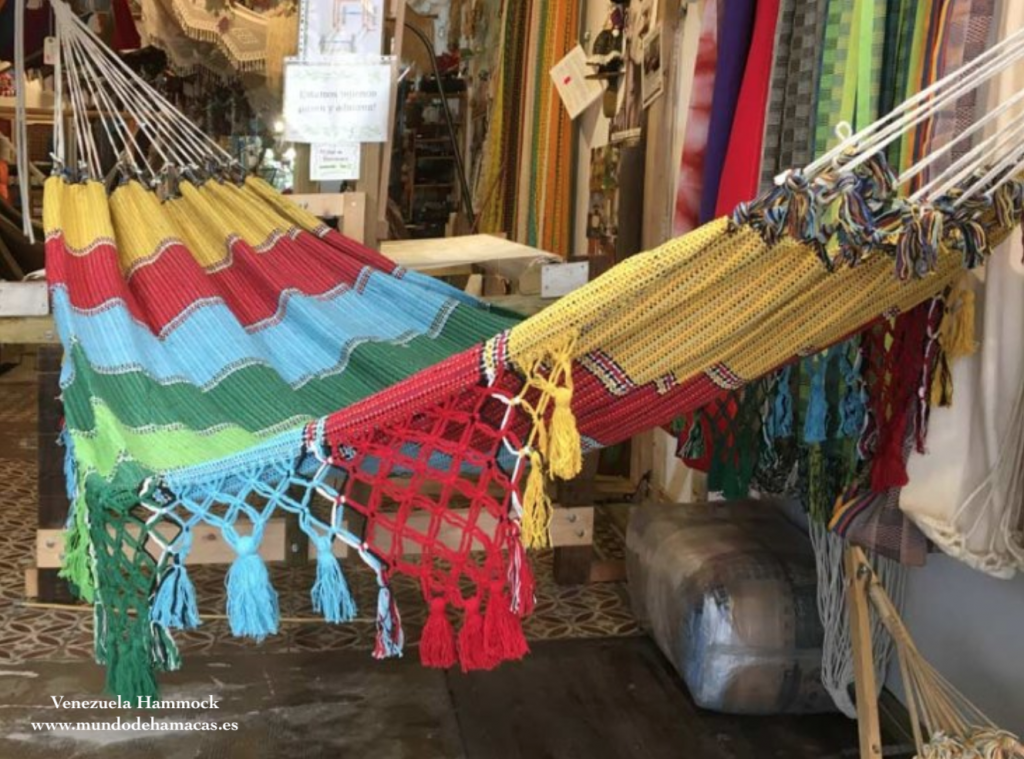
Across the different cultures of Latin American countries, hammocks hold a special place in the hearts of people. They are an expression of art, lifestyle and connection to the past. The sleeping techniques of the different indigenous communities has conquer the world. Whether used for midday siestas, overnight camping trips, or simple moments of solitude, hammocks offer a sanctuary from the stresses of modern life and a reminder of the simple joys of slowing down and savoring the moment.
Exploring cultures through hammocks is not just about experiencing different styles and designs—it’s about immersing oneself in the rich tapestry of human experience and connecting with the timeless traditions that unite us all.
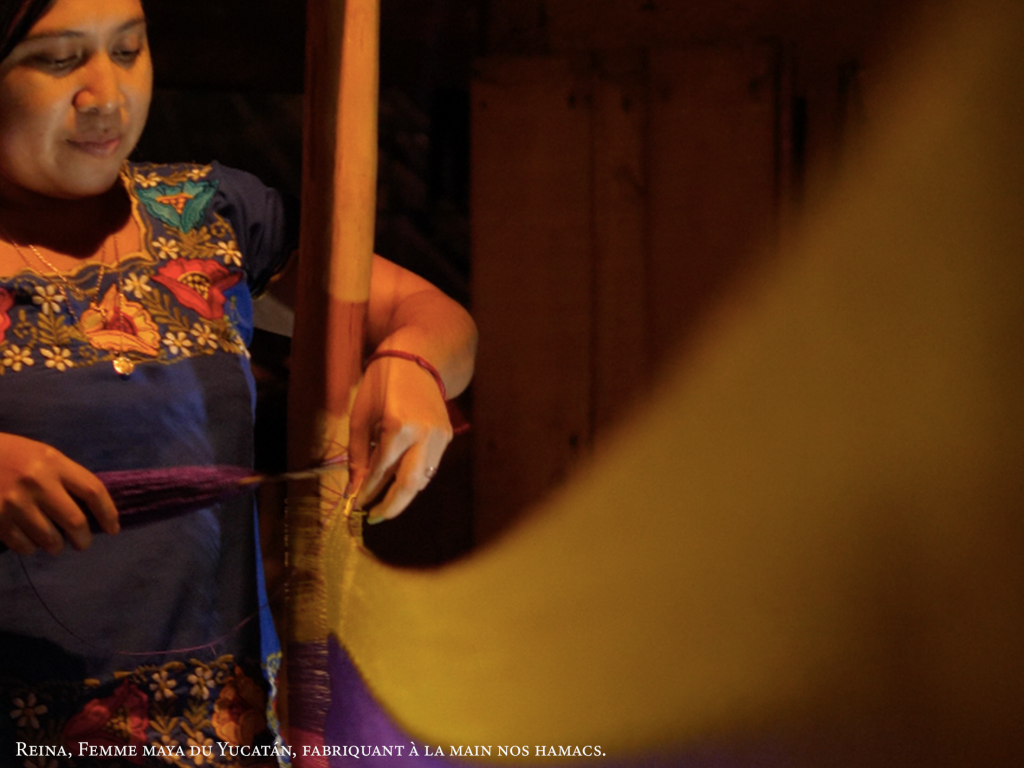
Sources & Images:
https://www.hamacunivers.com/blogs/nouvelles/les-hamacs-de-grande-qualite
https://maranon.fr/produit/wayuu-peuple-indien-colombie-anti-soleil-acrylique-extra-large-unique/
https://glammocks.com/shop/bahia-hammock-pink-blue/?ref=wayuuhammocks
https://www.rutopia.com/en/blog/the-hammocks-mayan-handcrafts-for-your-home
https://www.lacasadehamacas.gr/country-of-origin/brazilian-hammocks-redes
https://mundodehamacas.es/coleccion/hammocks/the-most-exclusive-hammocks/venezuelan-special-hammocks
By Zélïa Knoun- 25 May 2024
Edited Michèle Alcolea 28 Juin 2025
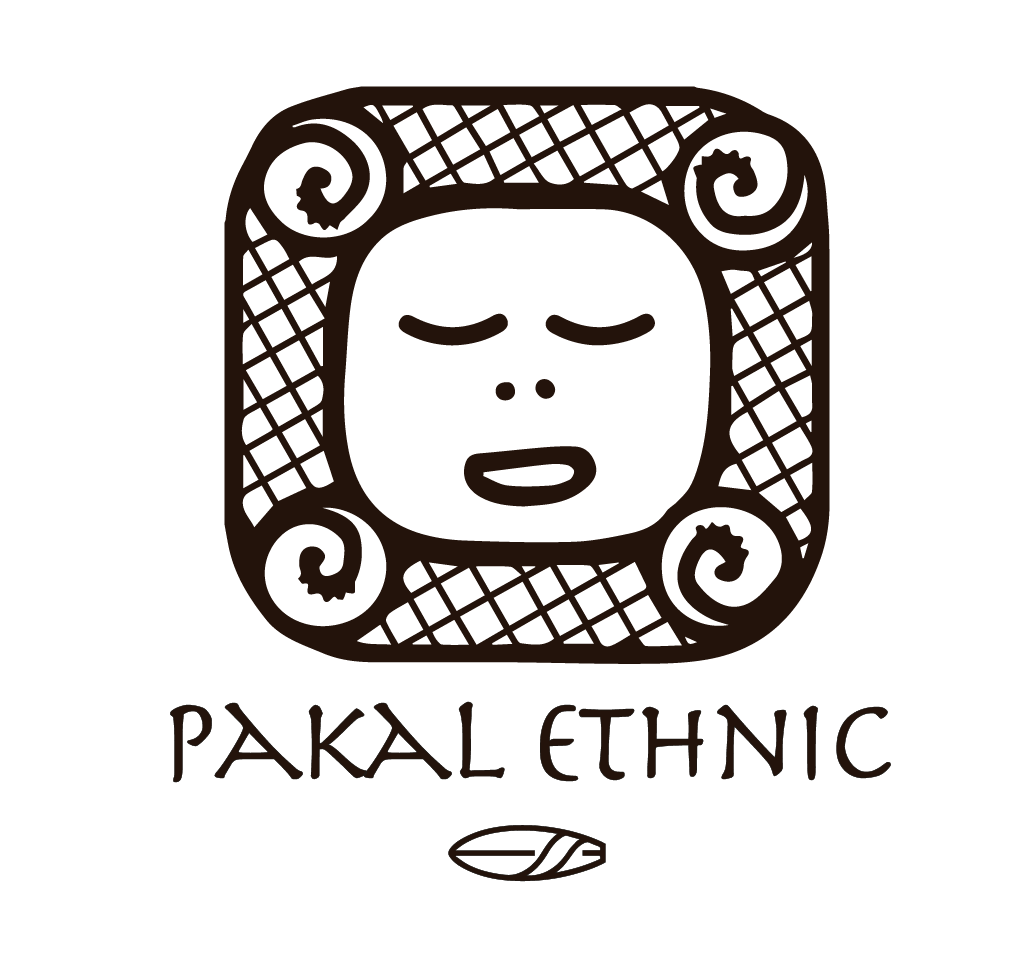

There are no reviews yet.